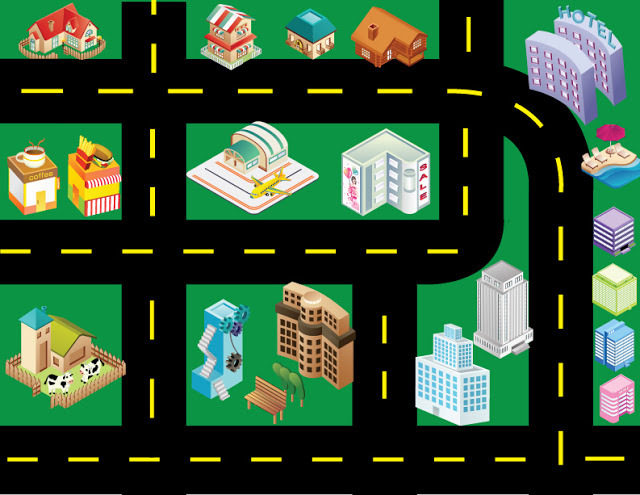Activity 9: Maze Navigation Activity
Introducing computational thinking through maze navigation and algorithmic planning.
Grade: Kindergarten
Grade: 1
Grade: 2
Grade: 3
Grade: 4
Grade: 5
Grade: 6
Time: 30 Minutes
Description
This activity introduces students to computational thinking by guiding a “robot” through a maze using basic commands. It helps students develop skills in problem-solving, pattern recognition, and algorithmic thinking.
Materials Required
- A printed or drawn maze on paper
- A small car figure or token
- A set of command cards (e.g., move forward, turn left, turn right)
Activity Steps
Introduction
- Explain the concept of computational thinking, which involves breaking down problems into manageable steps, recognizing patterns, and creating algorithms to solve problems.
- Introduce the maze activity and its goal: to navigate the robot from the start to the finish.
Step 1: Setting Up
- Provide each student or group with a maze, a robot token, and command cards.
- Clearly show the starting position and the goal on the maze.
Step 2: Planning the Route
- Ask students to analyze the maze and plan a route for the robot.
- Encourage them to use the command cards to create a sequence of instructions that will guide the robot through the maze.
- Have students lay out the sequence of commands in order.
Step 3: Executing the Plan
- Students place their robot token at the starting position.
- They follow their planned sequence of commands to navigate the robot through the maze.
- If the robot encounters an obstacle or reaches a dead end, students should revise their plan and try again.
Extension: Blockly Maze Game
- Once students successfully complete the maze activity, they can advance to a more challenging and interactive coding game using an iPad, such as the Blockly Maze Game.
Reflection
- After completing the maze activity, gather students into a group and discuss:
- What challenges did you face?
- How did you solve any problems that arose?
- What strategies helped you find the correct path?
- Discuss how this activity relates to real-world computational thinking and problem-solving.
Learning Outcomes
- Develop computational thinking skills through planning and executing a sequence of steps.
- Enhance problem-solving abilities by identifying patterns and applying appropriate strategies.
Picture of the Map
